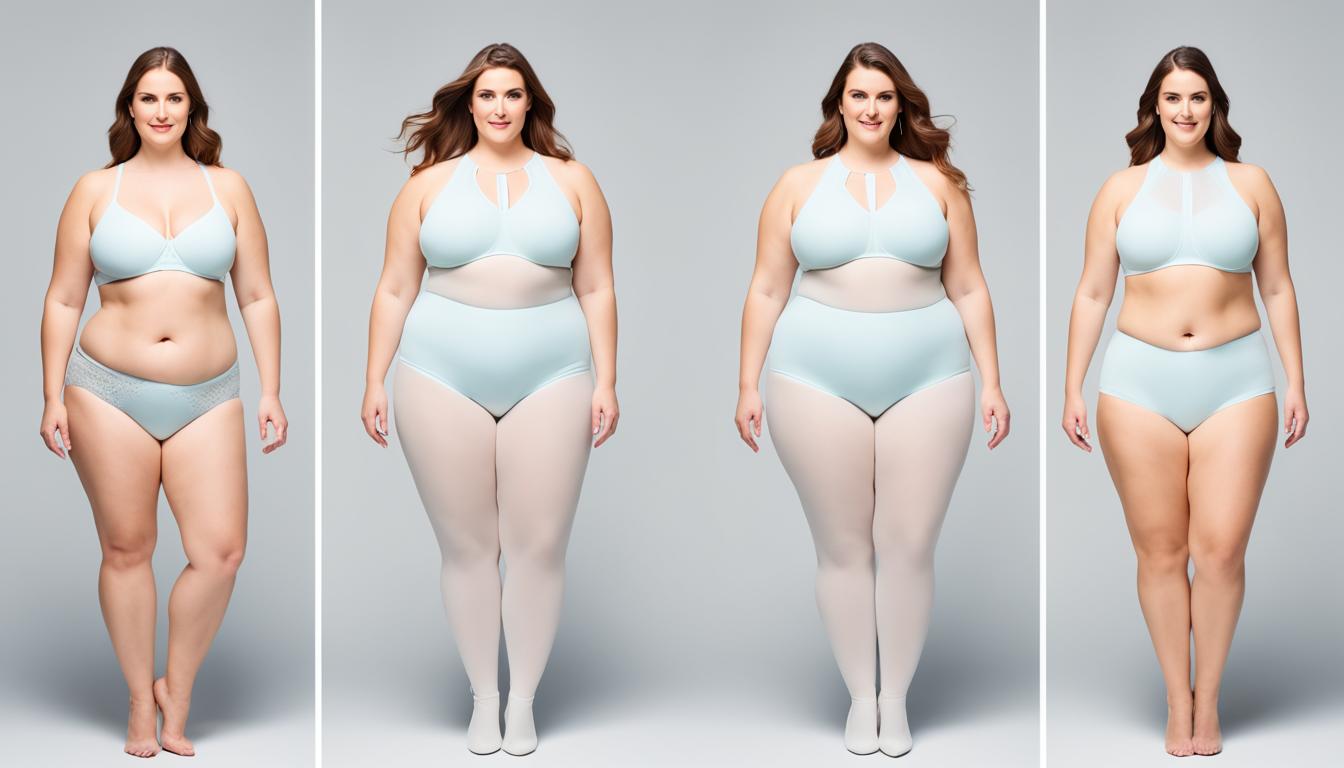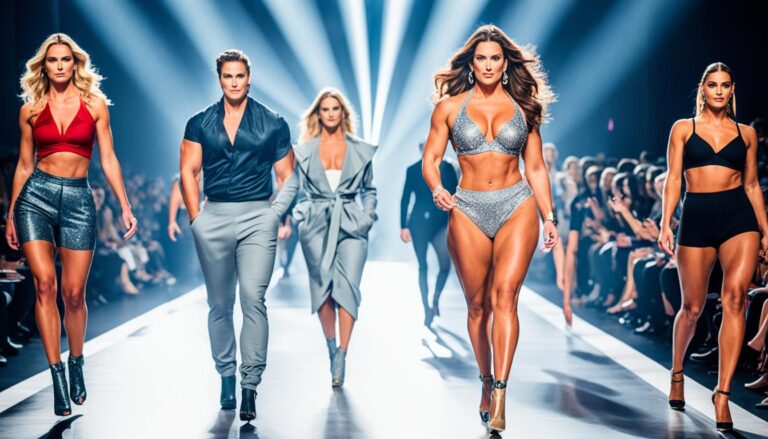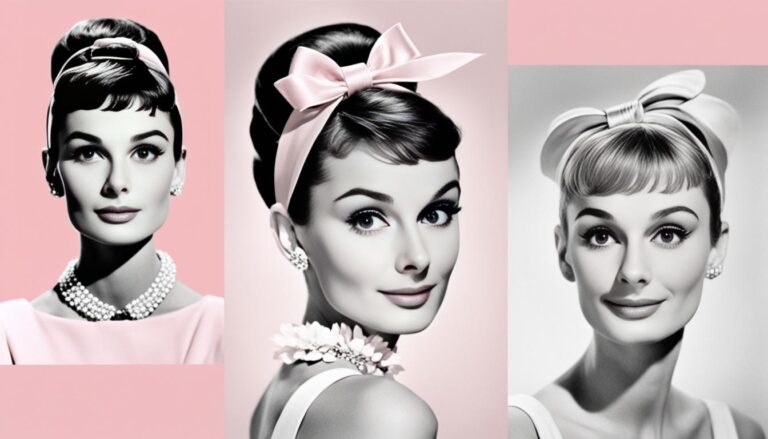Which Kibbe Body Type is the Rarest?
According to the Kibbe body system, there are 13 different body types. While all of these types are unique, some are considered rarer than others. To determine which Kibbe body type is the rarest, we will analyze the information from various sources.
Key Takeaways:
- There are 13 different body types in the Kibbe system.
- Some Kibbe body types are considered rarer than others.
- We will examine various sources to determine the rarest Kibbe body type.
Understanding the Kibbe Body Types
The Kibbe body system, developed by David Kibbe, is a comprehensive approach that evaluates the body based on three main components: bone structure, flesh, and facial features. This system categorizes these components into two main classifications: yin, which represents softness and roundness, and yang, which symbolizes angularity and straightness. By assessing these characteristics, individuals are placed into one of the five main families: Dramatic, Natural, Classic, Gamine, or Romantic.
Each family encompasses a range of subtypes, resulting in a total of 13 distinct Kibbe body types. These types are a reflection of the unique combination of bone structure, flesh, and facial features that an individual possesses. Understanding the Kibbe system helps individuals embrace their inherent beauty and dress in a way that complements their unique body characteristics.
Let’s take a closer look at each of the five main families and the subtypes within them:
Dramatic
- Dramatic Classic
- Dramatic Natural
Natural
- Natural Classic
- Natural
Classic
- Soft Classic
- Flamboyant Natural
- Soft Natural
Gamine
- Flamboyant Gamine
- Dramatic Gamine
Romantic
- Soft Dramatic
- Theatrical Romantic
- Flamboyant Romantic
Here is the overview of the Kibbe body types:
| Body Type | Family |
|---|---|
| Dramatic Classic | Dramatic |
| Dramatic Natural | Dramatic |
| Natural Classic | Natural |
| Natural | Natural |
| Soft Classic | Classic |
| Flamboyant Natural | Classic |
| Soft Natural | Classic |
| Flamboyant Gamine | Gamine |
| Dramatic Gamine | Gamine |
| Soft Dramatic | Romantic |
| Theatrical Romantic | Romantic |
| Flamboyant Romantic | Romantic |
Understanding the Kibbe body types is the first step towards embracing your unique body characteristics. By identifying your specific Kibbe body type, you can enhance your personal style and present yourself confidently to the world.
Most Common Kibbe Body Types
While we are focusing on the rarest Kibbe body type, it is worth mentioning the most common ones. According to the sources, the most common body types are Gamines and Soft Naturals. Gamines are said to dominate in the East Asian population, while Soft Naturals are more common in general.
If we explore the Kibbe body system further, we can see that Gamines possess a combination of yin and yang features, with their petite stature and youthful appearance. Soft Naturals, on the other hand, have a balance of curves and softness, with a natural and effortless beauty that resonates with many individuals.
“Gamines are known for their playful and energetic nature, and they often gravitate towards bold and artistic fashion choices,” says fashion expert Tracy Smith. “Soft Naturals, on the other hand, exude a relaxed and approachable vibe, often opting for comfortable yet stylish ensembles.”
It’s important to note that while Gamines and Soft Naturals are the most common Kibbe body types, each person is unique and may not fit into these categories precisely. The Kibbe body system provides a framework for understanding our individual body characteristics, but it’s essential to embrace our uniqueness and celebrate our own style.
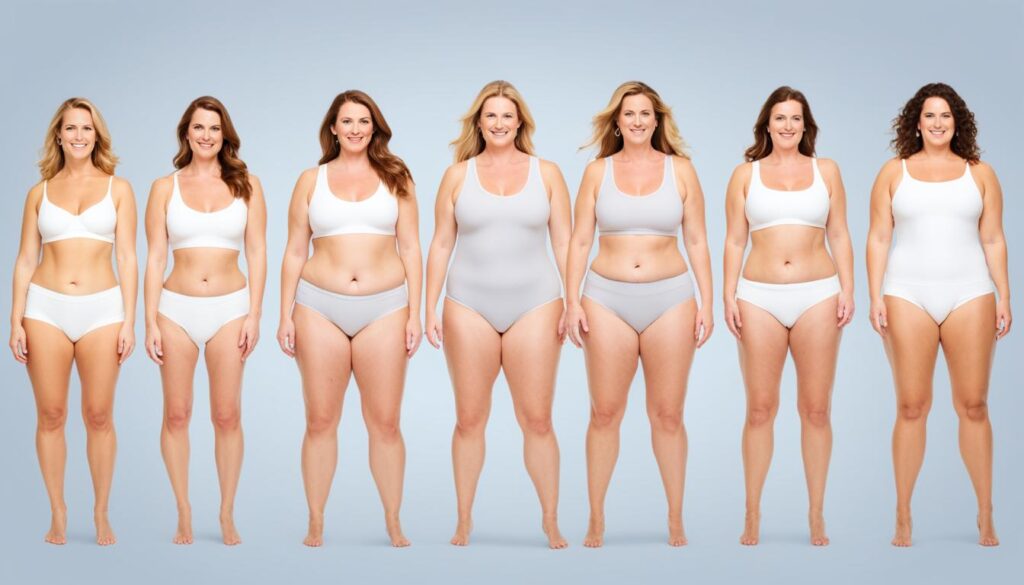
The Rarest Kibbe Body Types
Now, let’s explore the rarest Kibbe body types. The sources suggest that Theatrical Romantic, Romantic, and Flamboyant Gamine are considered to be the rarest types in the Kibbe system. These types are not commonly observed and are seen as unique and distinctive.
“Theatrical Romantic, Romantic, and Flamboyant Gamine are truly the rare gems among Kibbe body types. With their distinctive features and inherent beauty, these types stand out from the rest.”
Characteristics of the Rarest Kibbe Body Types
To understand why these body types are considered the rarest, let’s delve into their distinguishing features:
- Theatrical Romantic: This type embodies an ethereal and sensual essence. It combines soft, rounded curves with delicate bone structure. The Theatrical Romantic’s unique blend of yin and yang makes them captivating and alluring.
- Romantic: The Romantic type is known for its softness and femininity. With curves in all the right places and a gentle bone structure, Romantics exude a romantic and dreamy aura.
- Flamboyant Gamine: Flamboyant Gamines possess a playful and animated energy. This type embodies a mix of angularity and sharpness, creating a bold and vibrant appearance that stands out in a crowd.
Although rare, individuals who fall into these body types possess an inherent beauty that sets them apart.
| Kibbe Body Type | Description |
|---|---|
| Theatrical Romantic | Soft, rounded curves with delicate bone structure. |
| Romantic | Softness, femininity, and gentle bone structure. |
| Flamboyant Gamine | Playful energy, angularity, and sharpness. |
Weight Gain and Kibbe Body Types
While weight gain does not change your Kibbe body type, it can have an impact on the appearance of each body type. Understanding how weight gain affects different body types can help you navigate your style choices and maintain a balanced image.
Here’s a breakdown of how weight gain can affect specific Kibbe body types:
Dramatics
If you have a Dramatic body type, weight gain tends to be visible around the hip and upper thigh area. It’s important to note that this weight gain pattern is specific to Dramatics and may not be the same for other body types.
Soft Naturals
For Soft Naturals, weight gain can result in a fleshy appearance in the bust, hips, and thighs. Keeping this in mind can help you make informed choices when it comes to clothing styles and silhouettes.
Each Kibbe body type has its own unique weight gain pattern, but it’s crucial to remember that weight gain does not alter the underlying Kibbe classification. The system provides guidelines for enhancing your natural features and expressing your personal style, regardless of changes in weight.
| Kibbe Body Type | Weight Gain Pattern |
|---|---|
| Dramatics | Hip and upper thigh area |
| Soft Naturals | Bust, hips, and thighs |
| … | … |
Understanding how weight gain can affect your appearance within the Kibbe system allows you to make conscious style choices that enhance your unique features and maintain a harmonious image. Embrace your body type, regardless of changes in weight, and utilize the Kibbe body system as a tool for self-expression and confidence.
The Complexity of the Kibbe System
The Kibbe body system is a comprehensive framework for understanding individual body types. However, this system is not without its complexities and variations. Over time, different interpretations of the Kibbe types have emerged, adding layers of nuance to the original categorizations.
Additionally, various factors can influence how a person’s body appears within the Kibbe system. Age, hormones, and pregnancy can all contribute to changes in body shape and proportions. These factors must be taken into account when determining one’s Kibbe body type.
It’s important to approach the Kibbe system with an open mind and recognize that it is a tool for self-discovery and style guidance rather than a strict set of rules. Each individual is unique, and the Kibbe system aims to celebrate and enhance one’s natural beauty and uniqueness.
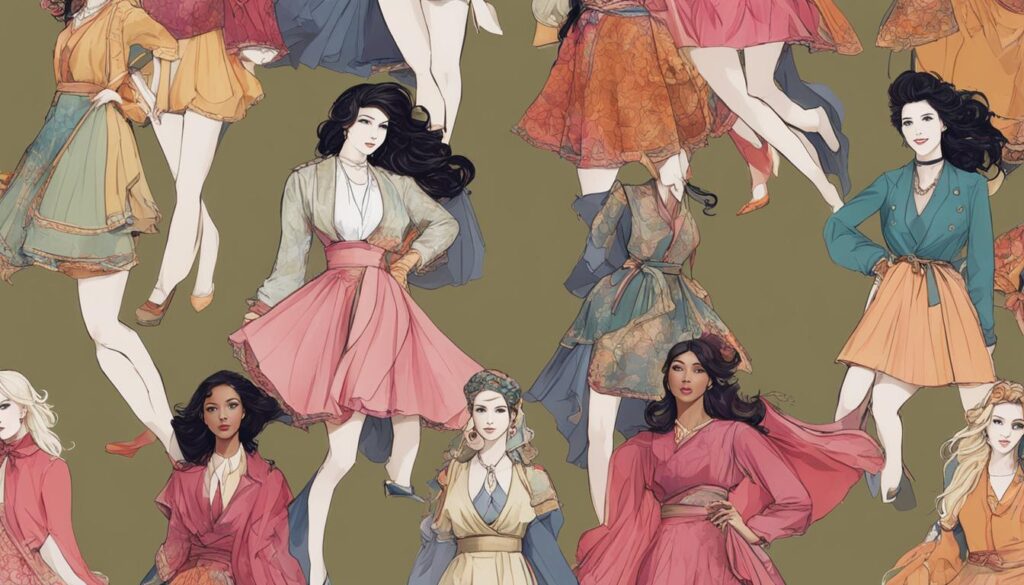
Note: The complexity of the Kibbe system and the interplay of various factors make it crucial to consult with a certified Kibbe expert for accurate identification of your body type.
Conclusion
In conclusion, while all Kibbe body types are unique and beautiful, some are considered rarer than others. The Theatrical Romantic, Romantic, and Flamboyant Gamine types are often seen as the rarest within the Kibbe system. These rare Kibbe types have distinctive characteristics that set them apart from the more common body types.
It is important to remember that the Kibbe body system is not just about rarity, but about understanding and embracing your unique body characteristics. By identifying your Kibbe body type, you can create a harmonious style image that enhances your natural beauty. The system is designed to empower individuals to dress in a way that flatters their specific body shape, rather than conforming to societal ideals or limitations of rarity.
Whether you fall into one of the rare Kibbe types or not, the key is to cultivate self-confidence and celebrate the beauty of diversity. Each body type has its own unique charm and potential for creating a personal style that makes you feel confident and comfortable in your own skin. Embrace your individuality and use the Kibbe system as a tool to enhance your personal style journey.
FAQ
What is the Kibbe body system?
The Kibbe body system, developed by David Kibbe, evaluates the body based on bone structure, flesh, and facial features. It categorizes individuals into one of the five main families: Dramatic, Natural, Classic, Gamine, or Romantic, with further subtypes resulting in a total of 13 Kibbe body types.
Which Kibbe body types are the most common?
The most common Kibbe body types are Gamines and Soft Naturals. Gamines are more prevalent in East Asian populations, while Soft Naturals are generally common.
Which Kibbe body types are considered the rarest?
The rarest Kibbe body types are Theatrical Romantic, Romantic, and Flamboyant Gamine. These types are not commonly observed and are seen as unique and distinctive.
Does weight gain change your Kibbe body type?
No, weight gain does not change your Kibbe body type. However, weight gain may affect the appearance of each body type differently. For example, Dramatics tend to gain weight around the hip and upper thigh area, while Soft Naturals may become fleshy in the bust, hips, and thighs.
Is the Kibbe body system complex?
Yes, the Kibbe body system has its complexities. It has evolved over time, and there are different interpretations and variations of the types. Additionally, factors such as age, hormones, and pregnancy can influence how a person’s body appears within the Kibbe system.
